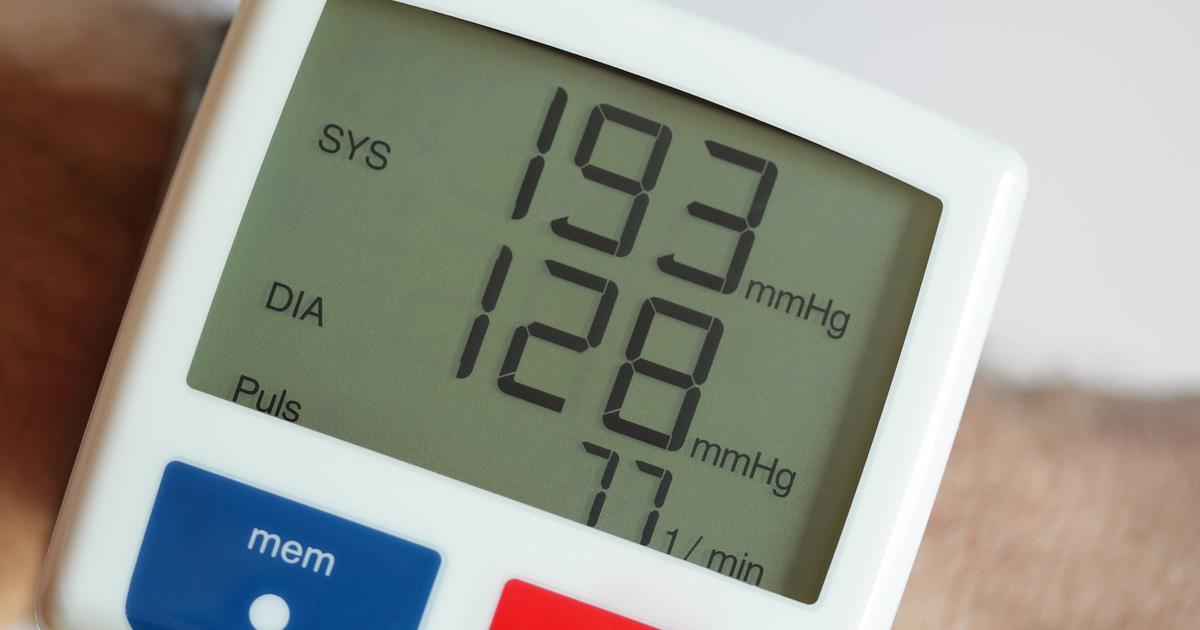Guide To Understanding Blood Pressure
Blood pressure is the measurement of the force of an individual's blood pushing against the walls of their arteries as it is traveling through them. These measurements are important to an individual's health because just like filling a bike tire up with too much air can cause damage, filling up the arteries with the force of too much blood can also produce damage. Approximately thirty percent of all adults in the United States are affected by high blood pressure. Most individuals with high blood pressure do not realize it until it is discovered during a standard check-up. Individuals over fifty-five years old, who are inactive, smokers, African-American, overweight, illicit drug users, have a high salt diet, heavy alcohol drinkers, or who have a family or personal history of heart disease or diabetes are at an increased risk of developing high blood pressure.
Get all the details regarding blood pressure readings now.
What Do The Numbers Mean?
An individual's blood pressure is measured and then expressed in the form of a fraction with two different numbers. The number on the top of the blood pressure reading is an individual's systolic blood pressure, and the number on the bottom of the reading is their diastolic blood pressure. The systolic pressure reading is used to measure the force of blood moving through the arteries when the individual's heart is making a contraction. The diastolic pressure reading is utilized to measure the force of the blood against the blood vessel walls when the heart is in between heartbeats. When determining the state of an individual's heart health, both diastolic and systolic blood pressure readings are important indicators. When an individual's heart is not working hard enough to pump blood around to the rest of their body, their blood pressure readings will be lower than normal. When the individual's heart is working too hard to pump blood around their body, their blood pressure readings higher than normal.
Get familiar with the ranges of healthy and unhealthy blood pressure readings next.
Range Of Healthy And Unhealthy Readings

In order for an individual's blood pressure reading to be considered healthy, the measurement should show a systolic measurement greater than 90 but under 120 mmHg (millimeters of mercury). The diastolic blood pressure should show a value that is above 60 but under 80 mmHg. An individual who has a healthy blood pressure reading has both numbers within these specified ranges, according to the American Heart Association. A healthy blood pressure reading is any reading between 90/60 mmHg and 120/80 mmHg. When an individual has a diastolic pressure reading of above 80 mmHg and a systolic reading of above 120 mmHg, it is considered an unhealthy reading. Just as a slightly high blood pressure reading is considered unhealthy, a blood pressure reading that is slightly lower than normal is also considered unhealthy. An individual's blood pressure should not drop below 90/60.
Keep reading to learn about the categories of blood pressure next.
